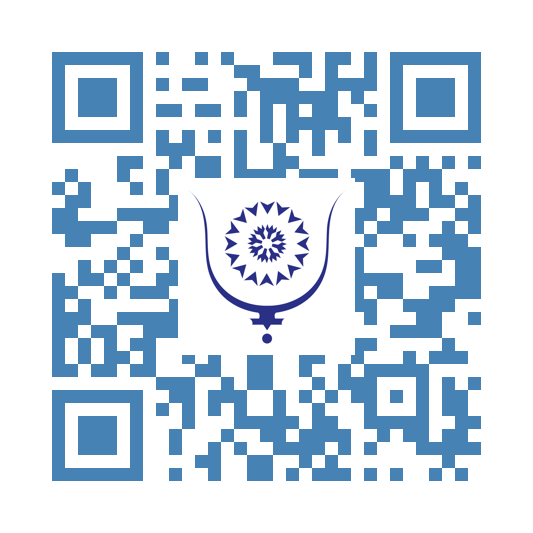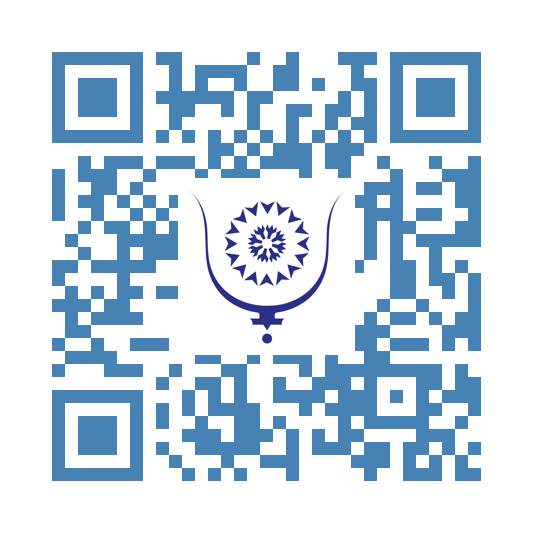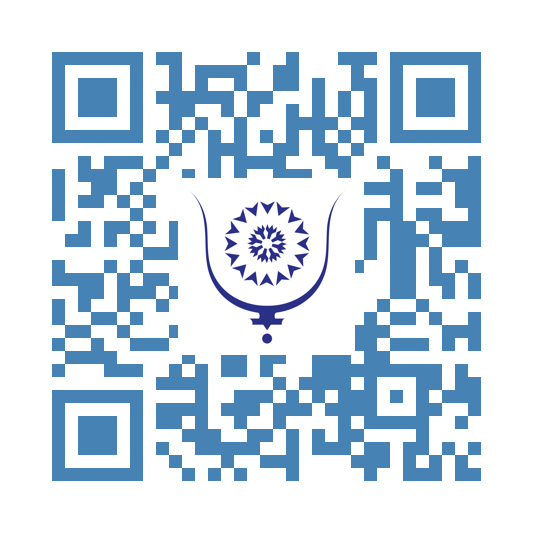Royaume du Maroc : Fondation 2030, le Nouvel Élan des Grands Événements Sportifs 470
Le Conseil du Gouvernement marocain a récemment officialisé la création de la **Fondation 2030**, une structure stratégique innovante, destinée à piloter la préparation, l’organisation et la réussite des grands événements sportifs internationaux que le Royaume accueillera dans les prochaines années. Cette initiative s’inscrit dans une vision ambitieuse, portée par les orientations royales et les instructions au Conseil des Ministres du 4 décembre 2024, visant à faire du Maroc une référence mondiale en matière d’accueil d’événements sportifs majeurs.
La Fondation 2030 ne se limite pas à un simple comité d’organisation. Elle est conçue comme un véritable levier de transformation économique, sociale et infrastructurelle. Sa mission englobe la gestion globale des événements phares que sont la **Coupe d’Afrique des Nations 2025 **, qui servira de répétition grandeur nature, et la **Coupe du Monde FIFA 2030**, coorganisée avec l’Espagne et le Portugal.
À travers cette nouvelle entité, le Maroc entend non seulement garantir la réussite technique et logistique de ces compétitions, mais aussi maximiser leurs retombées positives sur l’ensemble du territoire national. Pour cela la mission de la Fondation 2030 va s'adosser à Six piliers stratégiques.
En premier lieu il s'agit de planification et de coordination optimales. Pour cela la Fondation 2030 assurera une planification rigoureuse et détaillée, couvrant toutes les phases, depuis la préparation jusqu’à la clôture des événements. Elle est appelée à mobiliser efficacement les acteurs publics et privés, garantissant ainsi le respect des calendriers et des standards internationaux. La gestion logistique globale, incluant l’accueil des délégations, la sécurité, la communication et la médiatisation, est au cœur de ses priorités.
En second lieu la nouvelle instance est chargé de l'accélération des projets d’infrastructures. L’organisation de ces événements sportifs est un puissant moteur pour le développement des infrastructures. La Fondation supervisera la finalisation et la modernisation des stades, centres d’entraînement et équipements annexes, conformément aux exigences de la FIFA et de la CAF. Par ailleurs, elle pilotera le développement des aéroports, l’extension du réseau ferroviaire à grande vitesse, ainsi que l’amélioration des axes routiers pour faciliter la mobilité des spectateurs et des équipes. La rénovation et la construction d’hôtels, ainsi que l’amélioration des services touristiques et des infrastructures urbaines dans les villes hôtes, font également partie intégrante de ce chantier d’envergure.
La Fondation 2030, en troisième lieu s’engage à faire sienne une gestion transparente, rigoureuse et exemplaire des projets, avec un suivi strict des budgets, des délais et des cahiers des charges. Elle mettra en place des outils de contrôle et d’évaluation réguliers pour garantir l’efficacité des actions entreprises. Cette rigueur vise à assurer que le Maroc respecte pleinement ses engagements internationaux, renforçant ainsi sa crédibilité et son image à l’échelle mondiale.
La Fondation 2030, en quatrième lieu devra assurer la coordination administrative et le dialogue international, agissant comme interlocuteur unique auprès des instances internationales telles que la FIFA et la CAF. La Fondation centralisera les décisions et harmonise les positions du Royaume. Cette centralisation facilite les échanges, accélèrera les négociations et permet de résoudra rapidement les éventuels problèmes, assurant ainsi une fluidité administrative et diplomatique indispensable au succès des événements.
Le cinquième piler de l'action de la Fondation 2030 est la promotion d’une Image Positive et Durable du Maroc. Au-delà de la dimension technique, la Fondation et vouée à jouer un rôle clé dans la planification stratégique à long terme, intégrant les retombées économiques, sociales et environnementales. Elle valorisera les atouts culturels, touristiques et économiques du Maroc, et déploiera une communication proactive destinée à attirer investisseurs, médias et visiteurs, contribuant ainsi à renforcer l’attractivité du Royaume sur la scène internationale.
En fin la Fondation 2030 assurera un soutien renforcé aux régions et provinces hôtes des compétitions. Consciente de l’importance d’un développement territorial équilibré, la Fondation accompagnera techniquement et financièrement les régions et provinces organisatrices. Elle veillera à la formation et à la mobilisation des ressources humaines locales, tout en développant les services publics et privés (transport, sécurité, santé, hébergement) pour offrir une expérience optimale aux visiteurs. Cette approche garantit aussi que les bénéfices des événements puissent profiter à l’ensemble du territoire marocain, contribuant à réduire les disparités régionales.
La Fondation 2030 s’inscrit, à travers cette initiative novatrice, dans une dynamique de développement durable et inclusif. Une logique de développement avec pour objectifs la création d’emplois, la stimulation de l’économie locale, le renforcement d’infrastructures modernes, ainsi que l’amélioration de la cohésion sociale et du rayonnement culturel du Maroc. Ces événements sportifs deviennent ainsi de véritables catalyseurs pour accélérer la transformation économique et sociale du Royaume.
En filigrane la vision est de dépolitiser l'action pour une réussite assurée. La Fondation 2030 échappe ainsi au temps, à la compétition et à tout calcul politique possible.
L’un des enjeux majeurs est de sortir ces mégaprojets sportifs des aléas politiques et des lenteurs administratives. En garantissant une gestion centralisée, rigoureuse et multidisciplinaire, elle assure une efficacité optimale dans la réalisation des projets, prémunie contre la bureaucratie stérile. La Fondation 2030 est ainsi la pierre angulaire d’une stratégie nationale ambitieuse, qui promet non seulement le succès exemplaire de la CAN 2025 et de la Coupe du Monde FIFA 2030, mais aussi l’émergence d’une nouvelle dynamique de développement harmonieux et durable pour le Maroc.
La création de la Fondation 2030 illustre la volonté du Royaume de conjuguer excellence sportive et progrès socio-économique. Elle incarne une vision moderne et proactive, capable de transformer des événements sportifs internationaux en véritables leviers de croissance et de rayonnement à long terme. Le Royaume se positionnera ainsi comme un acteur incontournable sur la scène sportive mondiale, prêt à relever les défis de demain avec ambition et responsabilité.




